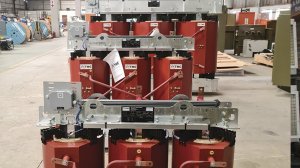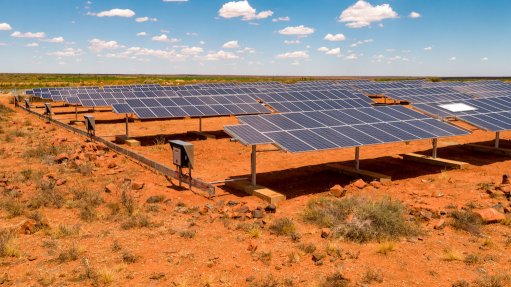Specify your transformer with total cost of ownership in mind

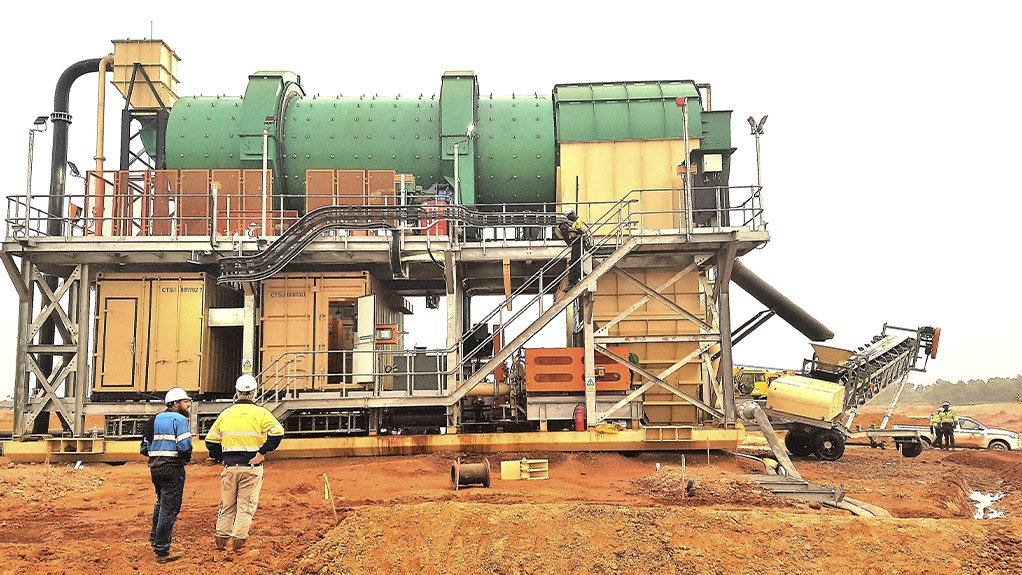

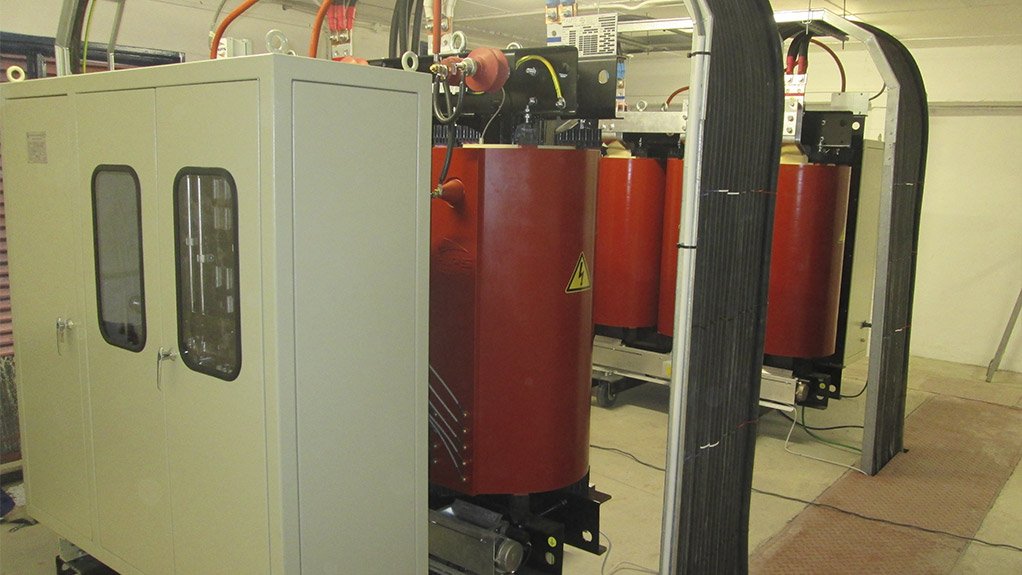
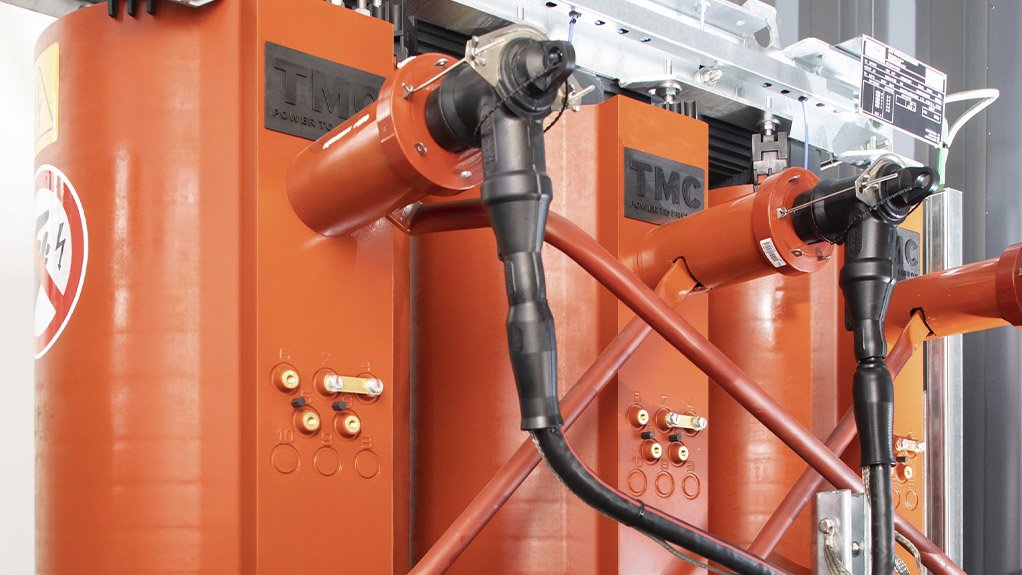
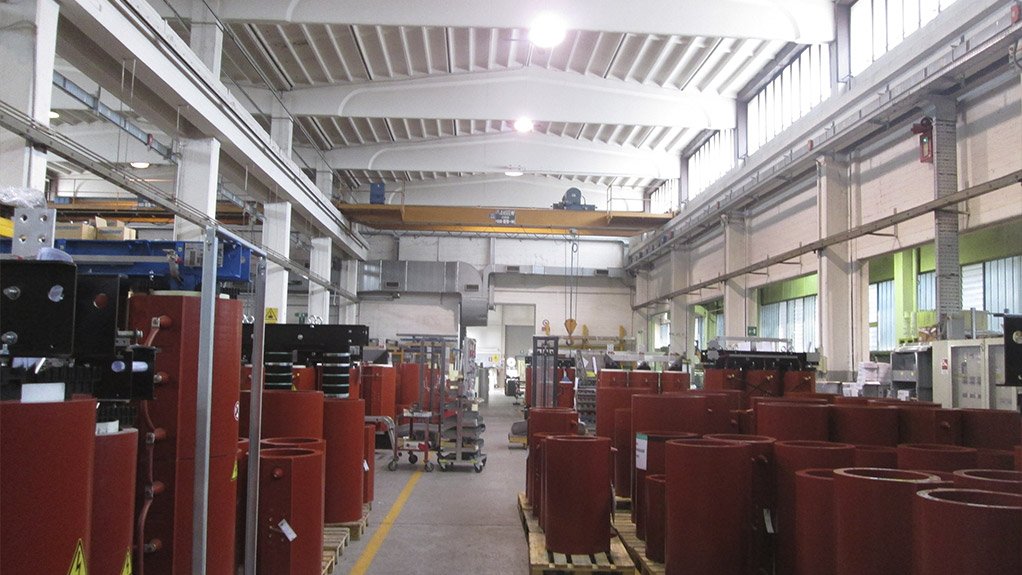
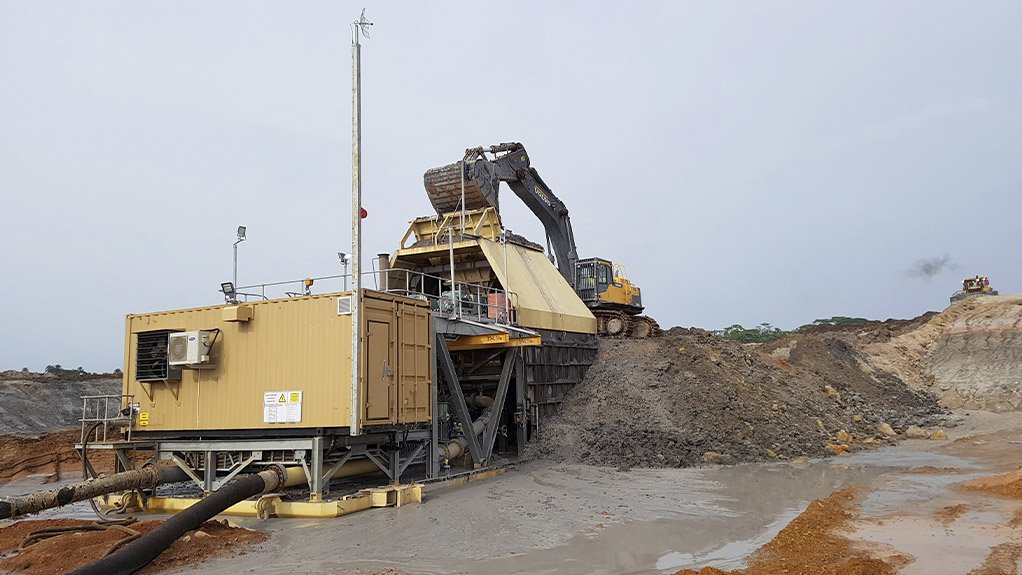
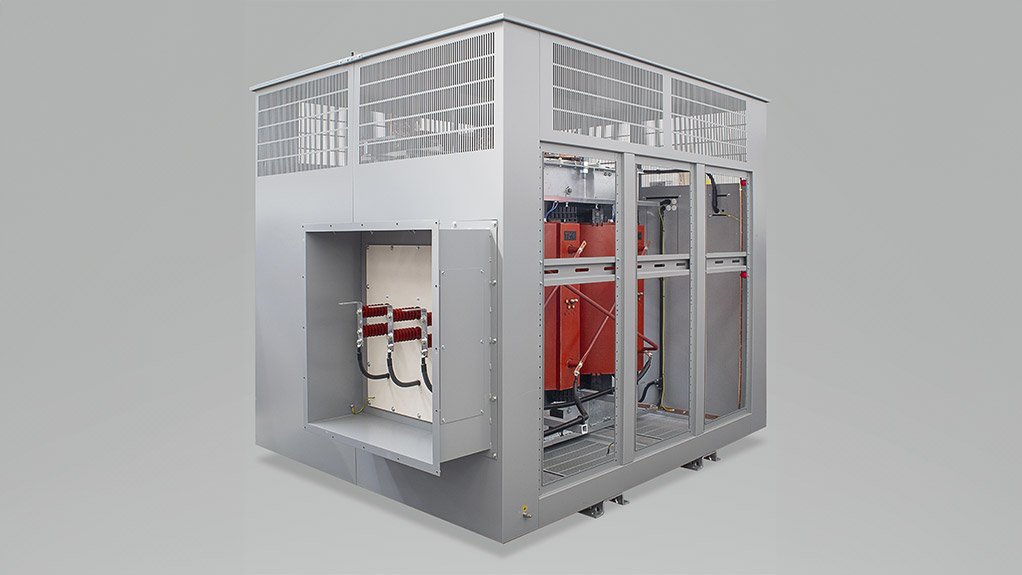
The upfront capital cost of a transformer is only one aspect of the total cost of ownership over its lifecycle
The rated power of a transformer is usually among the key determinants of its capital cost, but there are various design differences which will also come into play
The inherent safety of dry-type transformers means that they can be installed indoors without added infrastructure
Making a cost effective transformer purchase demands an understanding of all the other costs too
To help the purchaser to effectively assess the capital cost, transformer manufacturers need to provide a detailed data sheet
There are regulations that govern where and how transformers are installed, depending on their characteristics – such as their fire hazard level and their potential danger to the environment
Rated as Class F1 for fire safety, dry-type transformers can even be safely installed in confined spaces
This article has been supplied as a media statement and is not written by Creamer Media. It may be available only for a limited time on this website.
Rather like a vehicle, the total cost of running and maintaining a transformer over its lifespan will be considerably higher than its purchase price; these other cost factors therefore deserve close consideration before any purchasing decision is made.
“The rated power of a transformer is usually among the key determinants of its capital cost, but there are various design differences which will also come into play,” says David Claassen, Managing Director of Trafo Power Solutions.
To help the purchaser to effectively assess the capital cost, transformer manufacturers need to provide a detailed data sheet indicating required parameters such as losses, windings material and environmental conditions to name a few. .
“The next main area of costs is operational – in other words, the running and maintenance costs,” explains Claassen. “Running cost is essentially the cost of electricity, measured in kWh. These costs are affected by the efficiency of the transformer. All transformers have both no-load losses and load losses. The monthly cost of electricity for low loss transformers is lower than that of those with higher losses. However, the capital cost of a low loss transformer will be higher due to the design requirements to meet lower losses.”
Turning to the maintenance costs, he points out that these vary considerably between oil cooled transformers and dry-type transformers – the latter being cooled by air. Oil samples from oil type transformers need to be regularly taken and analysed as this provides valuable insight into the condition of the unit and any possible areas of underperformance.
“These oil checks are similar to taking a blood sample, as the analysis allows the owner to predict the necessary steps to keep the transformer in optimal condition,” he says. “In dry-type transformers, the absence of oil as a coolant significantly reduces the maintenance cost.”
Other important maintenance tasks include testing of a transformer’s instrumentation such as temperature and pressure gauges, as well as relays. Dry-type transformers will tend to have less instrumentation, with a focus on temperature variation and surge protection. On all types of transformers, it is vital to regularly test that the probes are accurately measuring the unit’s temperature. Another basic check is the torque measurement on the termination points.
“The next big cost factor to consider is the installation cost of the transformer,” he says. “There are regulations that govern where and how transformers are installed, depending on their characteristics – such as their fire hazard level and their potential danger to the environment.”
Oil cooled transformers are, generally speaking, classified as hazardous in terms of their fire risk, so must be located at a safe distance from human activity. Systems need to be in place to both detect and suppress a fire in the transformer, should this occur. There is also a requirement for containment of oil, in case of a leak or rupture – to avoid environmental damage.
The inherent safety of dry-type transformers means that they can be installed indoors without this added infrastructure. Rated as Class F1 for fire safety, this dry-type technology can even be safely installed in confined spaces. Where an outdoor location is required, a concrete plinth is usually sufficient as a base.
“When considering the total cost of ownership – in other words, the capital cost plus operational cost plus installation cost – there is a compelling argument in favour of dry-type transformers, particularly for applications of 5MVA and below up to a voltage level of 33kV,” Claassen says. “This argument becomes stronger with the number of transformers present on a single site.”
On a large mining or industrial site, which may have dozens if not hundreds of transformers, it reduces the cost and workload substantially if they are low maintenance dry-type units. As these operations look to become safer and more streamlined, there are great opportunities offered by dry-type transformers, he says.
As the price of electricity continues to rise, there is also a focus on reducing the energy losses incurred by transformers. This, he explains, highlights why transformer suppliers must be able to quantify the predicted losses over time.
“By specifying a lower-loss design, a purchaser could calculate whether it is worth spending more upfront on the capital cost, in order to save on losses over the 20 to 30 year lifespan of the transformer,” he concludes.
Trafo Power Solutions
Comments
Press Office
Announcements
What's On
Subscribe to improve your user experience...
Option 1 (equivalent of R125 a month):
Receive a weekly copy of Creamer Media's Engineering News & Mining Weekly magazine
(print copy for those in South Africa and e-magazine for those outside of South Africa)
Receive daily email newsletters
Access to full search results
Access archive of magazine back copies
Access to Projects in Progress
Access to ONE Research Report of your choice in PDF format
Option 2 (equivalent of R375 a month):
All benefits from Option 1
PLUS
Access to Creamer Media's Research Channel Africa for ALL Research Reports, in PDF format, on various industrial and mining sectors
including Electricity; Water; Energy Transition; Hydrogen; Roads, Rail and Ports; Coal; Gold; Platinum; Battery Metals; etc.
Already a subscriber?
Forgotten your password?
Receive weekly copy of Creamer Media's Engineering News & Mining Weekly magazine (print copy for those in South Africa and e-magazine for those outside of South Africa)
➕
Recieve daily email newsletters
➕
Access to full search results
➕
Access archive of magazine back copies
➕
Access to Projects in Progress
➕
Access to ONE Research Report of your choice in PDF format
RESEARCH CHANNEL AFRICA
R4500 (equivalent of R375 a month)
SUBSCRIBEAll benefits from Option 1
➕
Access to Creamer Media's Research Channel Africa for ALL Research Reports on various industrial and mining sectors, in PDF format, including on:
Electricity
➕
Water
➕
Energy Transition
➕
Hydrogen
➕
Roads, Rail and Ports
➕
Coal
➕
Gold
➕
Platinum
➕
Battery Metals
➕
etc.
Receive all benefits from Option 1 or Option 2 delivered to numerous people at your company
➕
Multiple User names and Passwords for simultaneous log-ins
➕
Intranet integration access to all in your organisation



